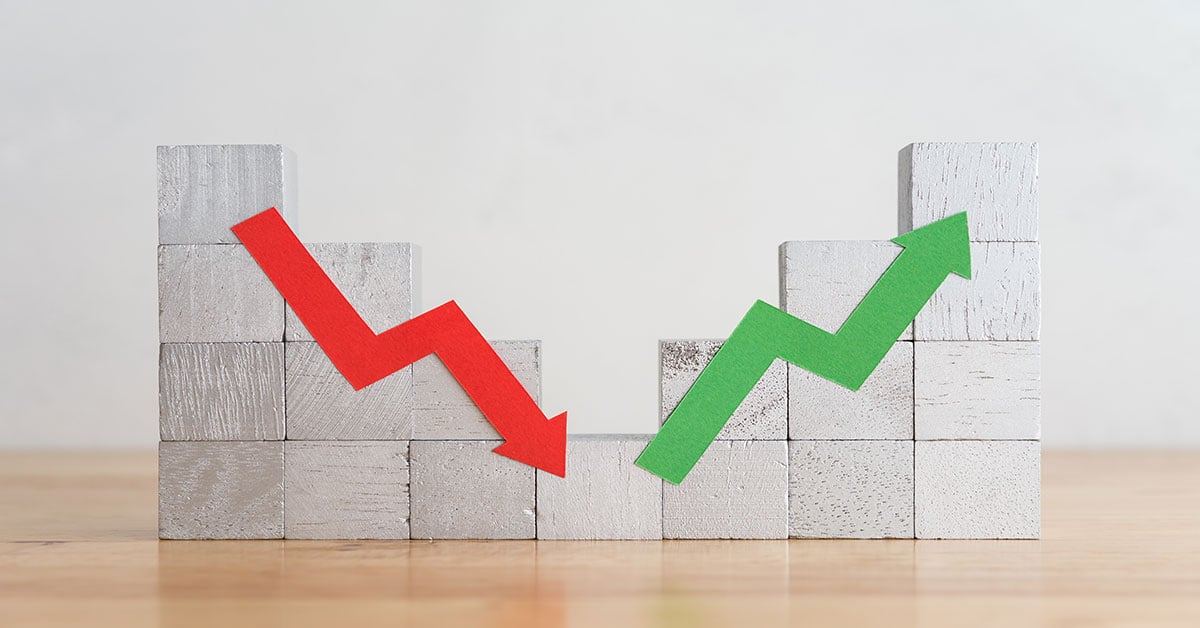
The global economy came to a virtual standstill in the first half of 2020 as countries introduced lockdown measures in a bid to control the Covid-19 virus. As a result, there were fewer cars on the road and therefore less demand for fuel. This forced refineries for both crude oil and biofuels to turn production down. This caused a collapse in crude oil values since supply took many weeks to adjust to the fall in demand, which made bio-diesel uncompetitive. The resulting fall in bio-diesel demand and consequently production meant that its by-product glycerol became in short supply. Glycerol is a key ingredient for hand sanitizer and demand has soared during the pandemic, with prices, in some cases, almost tripling in value compared to early 2020.
China
In China, glycerol values climbed significantly from March onwards as production of crude glycerol in Southeast Asia and Argentina was hampered by lockdown policies but also because low crude oil prices also impacted biodiesel production. As a result, the availability of material became very tight, and prices surged by Rmb2100/ton ($262/ton before VAT). Supply of imported crude glycerol is expected to increase before crude oil values have started to rise and Southeast Asia is starting to open again.
Demand for glycerol is mostly driven by downstream operating rates of epichlorohydrin. In China, an average 50% of ECH production is glycerol-based, with the other 50% made via the propylene route. Since March last year, high propylene costs and a major ECH producer in a long-term shut-down have seen glycerol-ECH manufacturers enjoy higher operating rates. Jiangsu Haixing was forced to shut down at the end of March last year following an unrelated explosion at a nearby pesticide plant. This was not good news for the company as its (then) sister plant, Shandong Haili had been shut down in Q4 the previous year following an environmental investigation. For the last 12-13 months, China has had to live with a 450 ktpa loss of ECH output – which meant that other domestic manufacturers were able to increase their operating rates. The Shandong plant may not resume operations in the immediate future while the Jiangsu Haixing plant is now under new ownership of a pulp and paper company, and this plant was granted permission to restart in mid-May. However, for the last few weeks, Jiangsu Haixing has been running at 50% capacity. It is thought that as run rates are increased, other glycerol-based ECH may be forced to drop their operating rates. Jiangsu Haixing is a propylene-based producer and at the moment propylene-based production has a cost advantage over glycerol-based manufacturing. At the same time, ECH supply is expected to improve over the coming weeks. Shandong Minji’s new 50 ktpa glycerol-based capacity has delayed its start to June. It is possible that if the market moves from tight to long, demand for glycerol-based ECH will be impacted. However, demand for ECH is expected to be higher than last year because of strong demand from the epoxy resins industry, which is seeing a boom in demand from the wind energy sector. In the short term, it is expected that glycerol prices in China will drop further but they may see some support from rising propylene values.
Asia
In Asia, prices of crude and refined glycerol skyrocketed in April on the back of short supply and strong demand. With the low crude oil prices that persisted until mid-May, there was little incentive for most biodiesel producers to run their plants. It was reported that the Malaysian government delayed the adoption of the B20 biodiesel mandate nationwide in line with the movement control order (MCO) to stop the spreading of COVID-19, while Indonesia was also said to be not producing biodiesel. In addition, due to the relatively low (50% or less) operating rates of fatty acid plants in Malaysia, hydrolysis crude glycerol availability is also limited. On the other hand, glycerol demand has increased for hand sanitizer applications due to the Covid-19 pandemic, which has made glycerol one of the most sought-after oleochemical products in the current market. By the fourth week of April, refined glycerol prices in Asia sharply increased by 70%-100% compared to a month before. Prices at the end of April were up by around $450-600/ton, but by the third week of May, prices were starting to slip. At the bottom end of the range, they were still $100 higher than the previous month, but the top end was $50/ton lower than April’s levels.
United States
In the US, refined glycerol prices may have reached the peak as prices hardly moved in May after the huge jump of more than $390-640/ ton seen in April. Supply is still relatively tight, although some have said it seemed not as tight in the US compared to Asia or Europe. It is heard that the major biodiesel producers in the US are still running, though the small biodiesel players are reportedly either shut down or running at reduced rates. US glycerol imports were heard to be down in April and May. One Asian glycerol importer said there are no vessels available for June and July.
Europe
In Europe, due to the low output of biodiesel production, glycerol supply remains tight, and availability is still limited. There have also been reports of logistical issues and buyers finding material difficult to get hold of. The price of refined vegetable-grade glycerol saw further increases in May; values have climbed by more than €630/ton and in some cases by almost €1000/ton in the last few months. Supply of glycerol in early June was starting to improve following the easing of lockdowns in various parts of the world and consumers were reported to have sufficient stocks. Prices were reported to have slipped by €80/ton.
Subscribe to our blog to stay up to date on the latest issues and trends impacting the global chemicals market.



 Jennifer Hawkins
Jennifer Hawkins


